How to Develop a Photographic Style
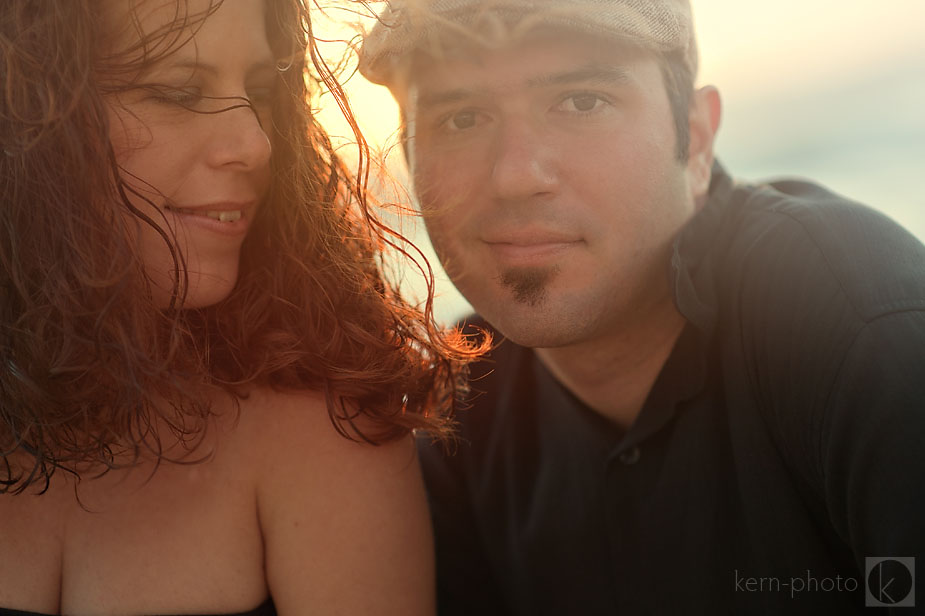
Developing a personal photography style takes confidence. That’s all.
Like making soup. No different than Noah (pictured above), my wedding chef, does in each dish he creates. When Noah serves a dish with pride, he might proclaim with confidence, “This is my new recipe.”
The process might go like this:
- You sample a dish you love. You get the recipe from a friend. You serve it at home, perhaps altering ingredients to your taste. Reflect on what works and what doesn’t. Repeat. Share.
A friend might have passed the recipe along, or you saw it in a cookbook. We take what we like and leave what we don’t. Perhaps use less salt, modify a few ingredients, garnish, and serve. Fine tune the recipe each time you make it and voilà! You’ve created your own recipe. The mark of a signature dish is no different than a creating a unique photography style. You take a recipe and make it your own. Like this:
- You see an image you like. You learn how it was created. You copy it, well. Then you go and make your own. Share. Reflect on what works and what doesn’t. Repeat.
Good artists steal. Proof in the words, here.
———
How to Stand Out from the Competition
While attending the Minneapolis Pictage User Group (PUG) this week, I had an opportunity to refine my style. At the meeting attendees were encouraged to share 8 to 15 images showcasing their unique style, and then fellow members wrote down three words to describe the style.
I shared some of my photos (they’re listed below), and then 15 photographers wrote three words to describe my style. Among the 45 words used, these really struck me: dynamic, creative, different, colorful, robust, bold, and brute.
A simple, but very useful exercise.
You do the same. Share a tight selection of images that epitomize your style with friends or photographers at least once every six months. Keep in mind that over time your style will change. From 2007-2010, I identified my style as “Fresh. Modern. Fun” and 2010-present I’m “Energy. Creativity. Enthusiasm.”
Having a distinct style is key to standing out from your competition. My buddy Laurence Kim offers great tips on identifying your style, and Chase Jarvis shares the importance of developing your own photographic style with Zack Arias. Essential reads.
Here’s the set of images I shared: 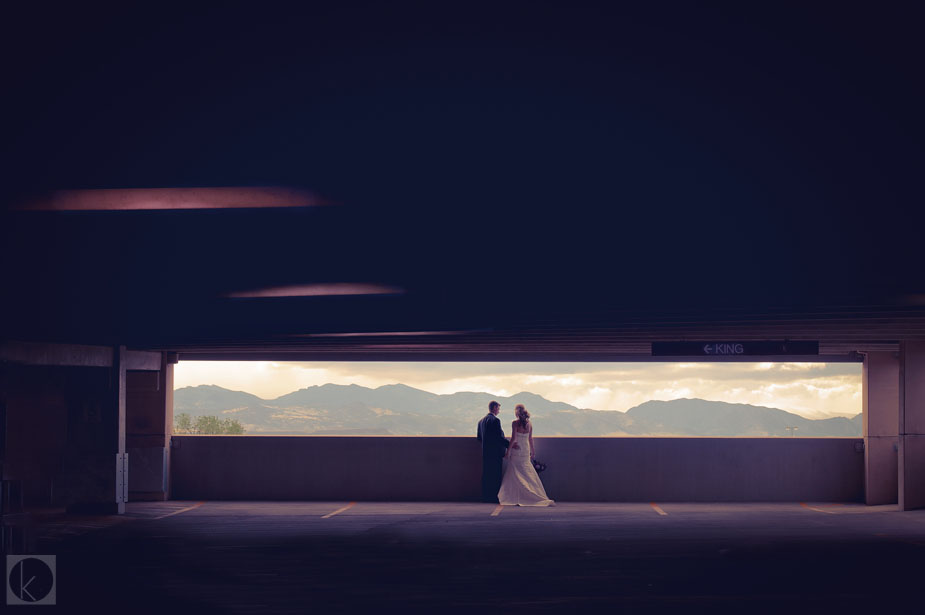
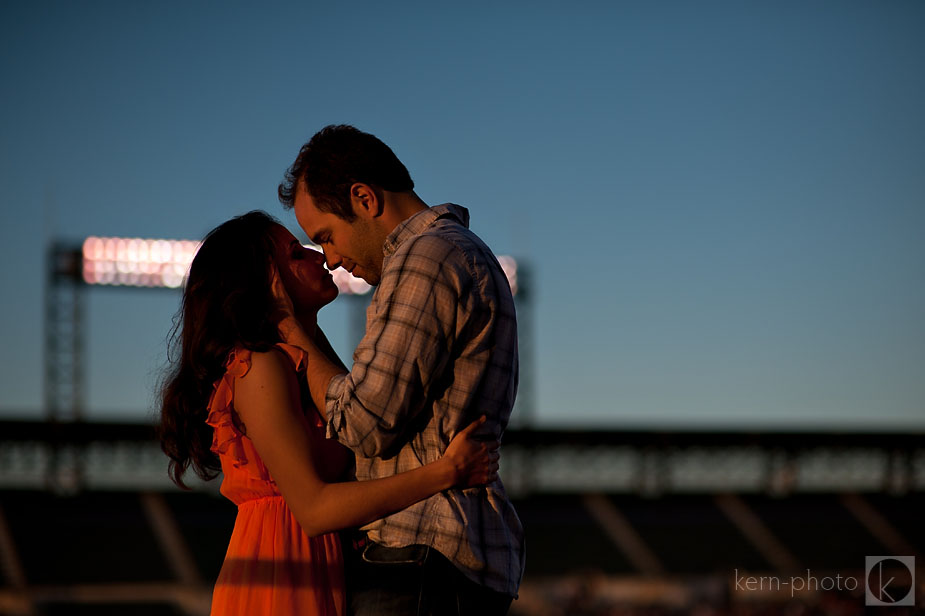
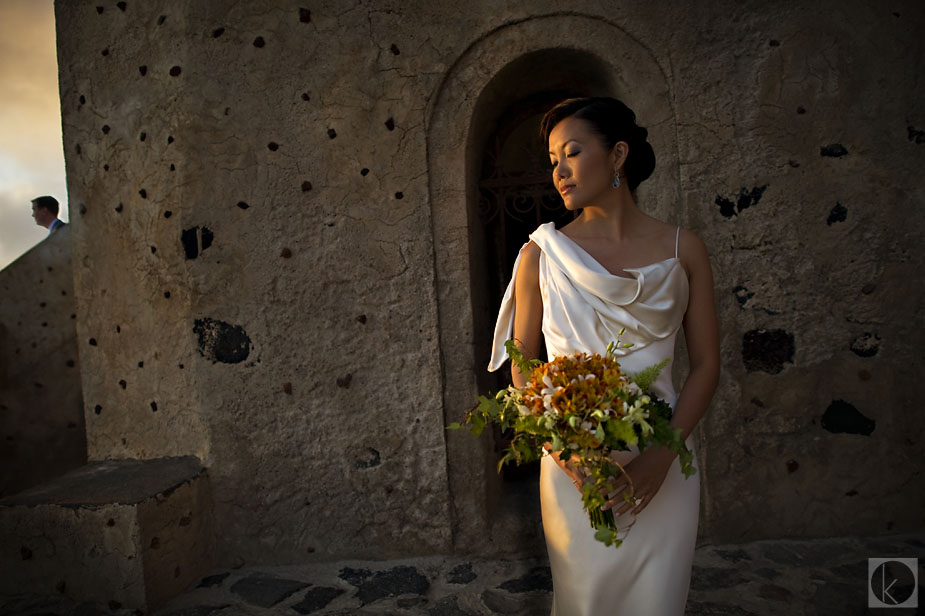
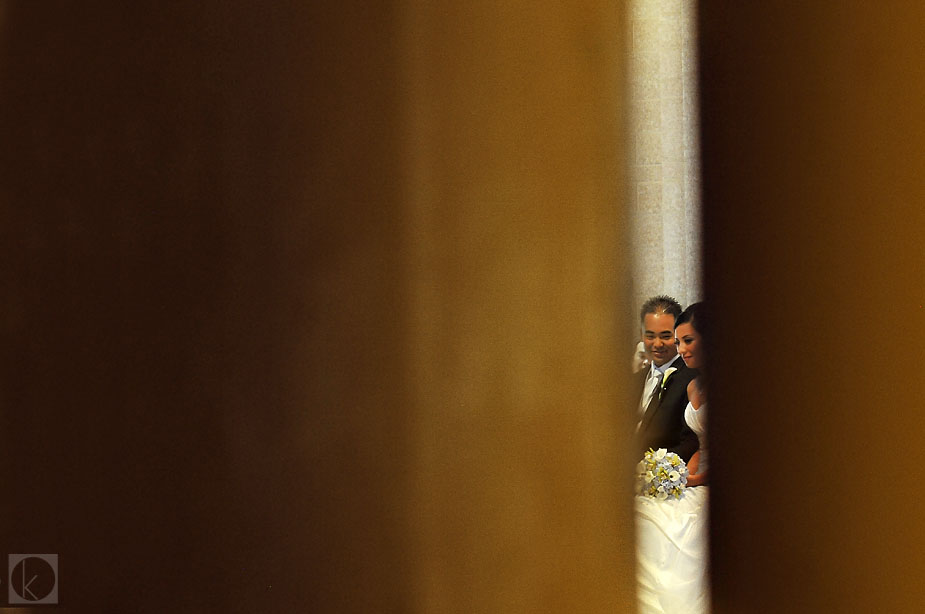
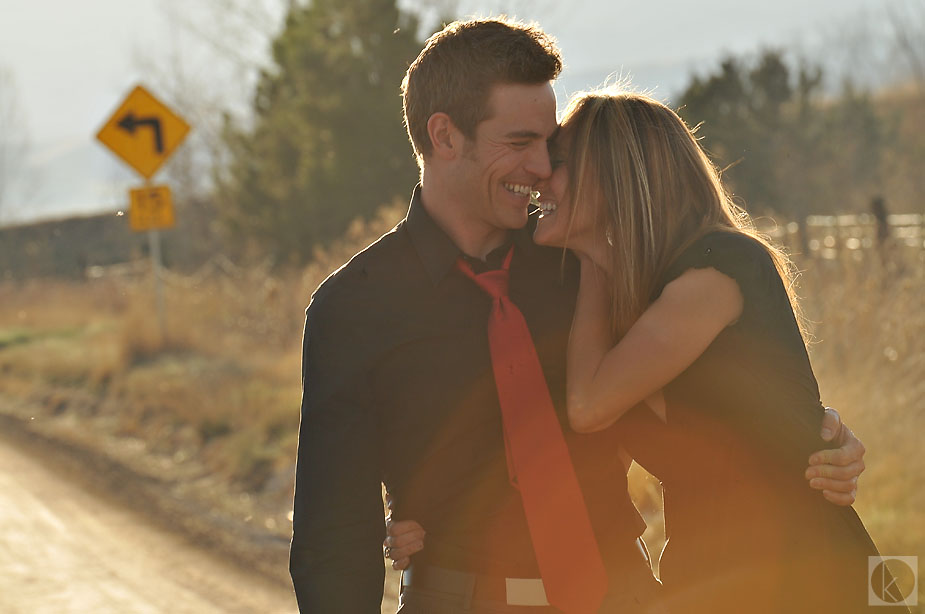
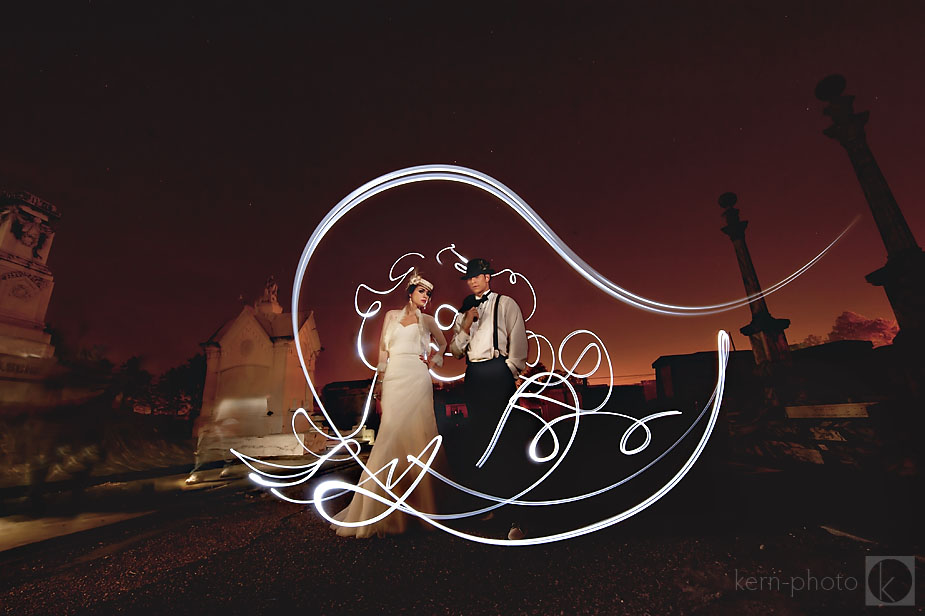
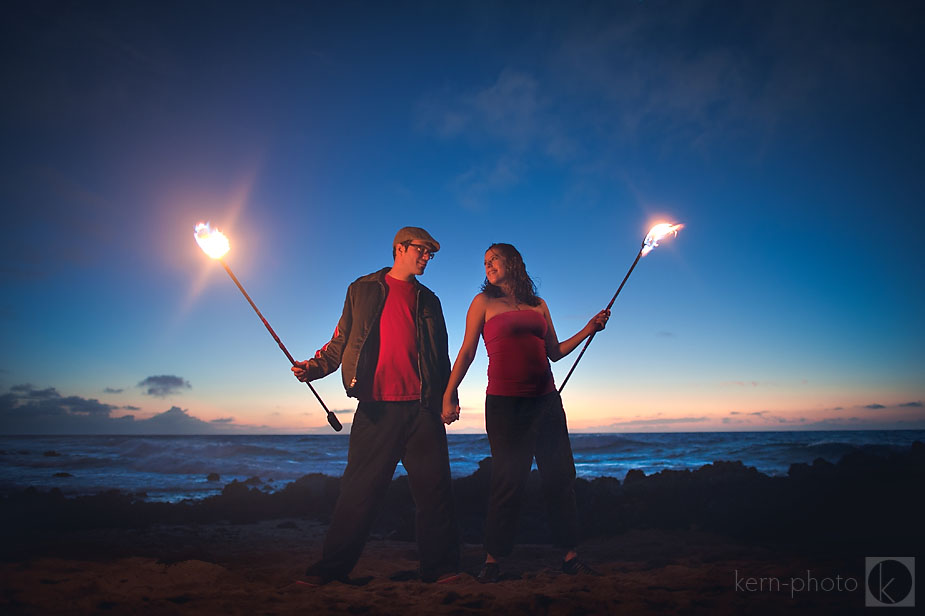
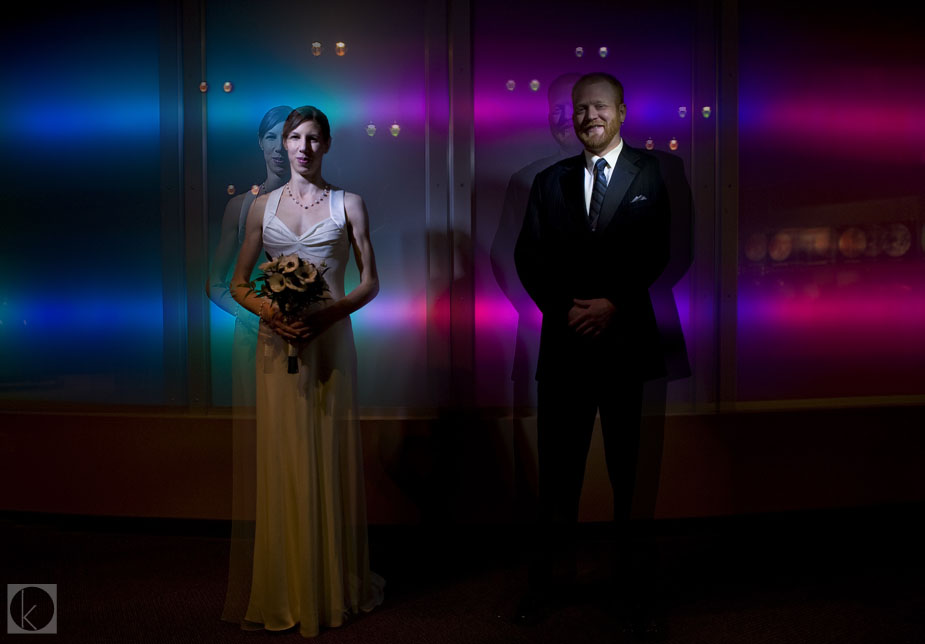
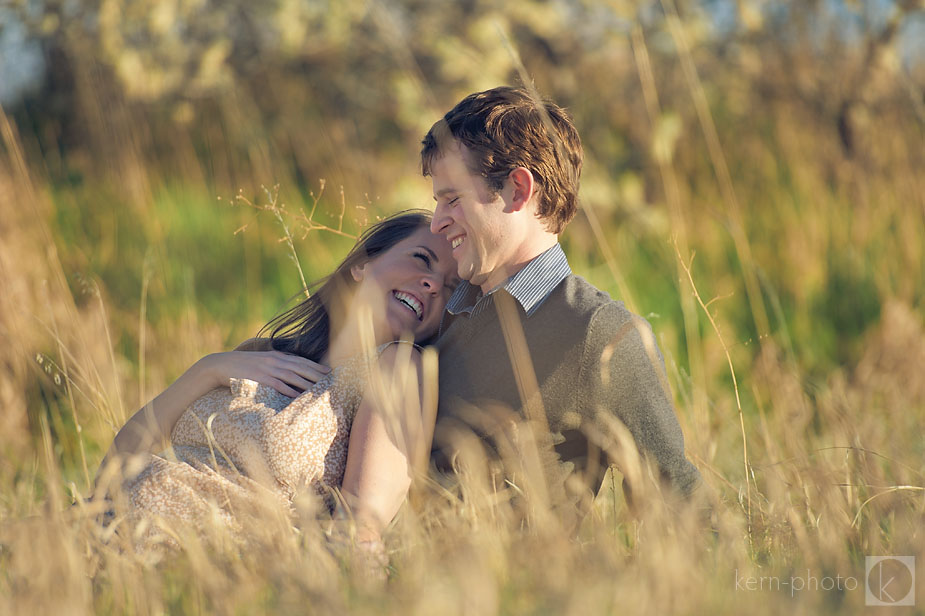
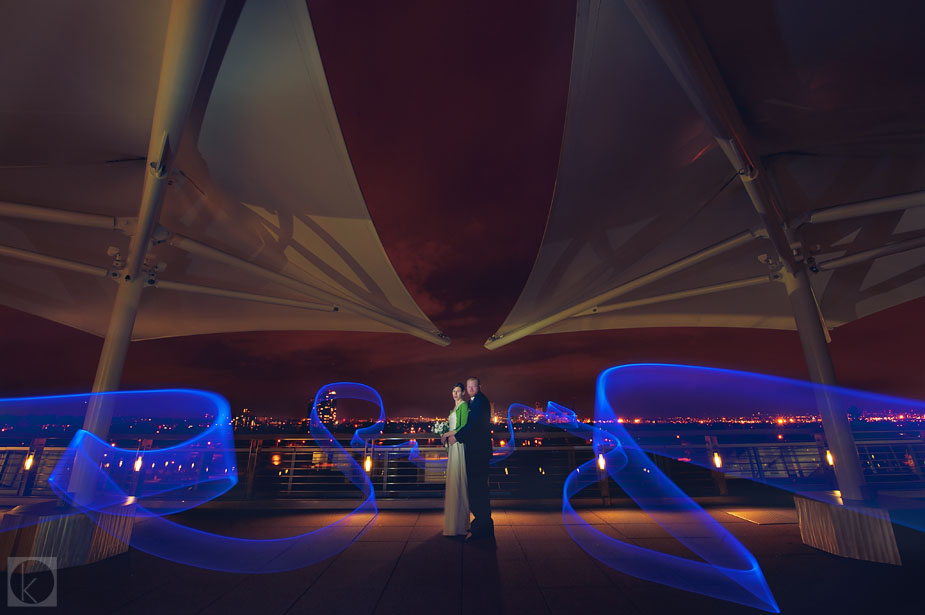
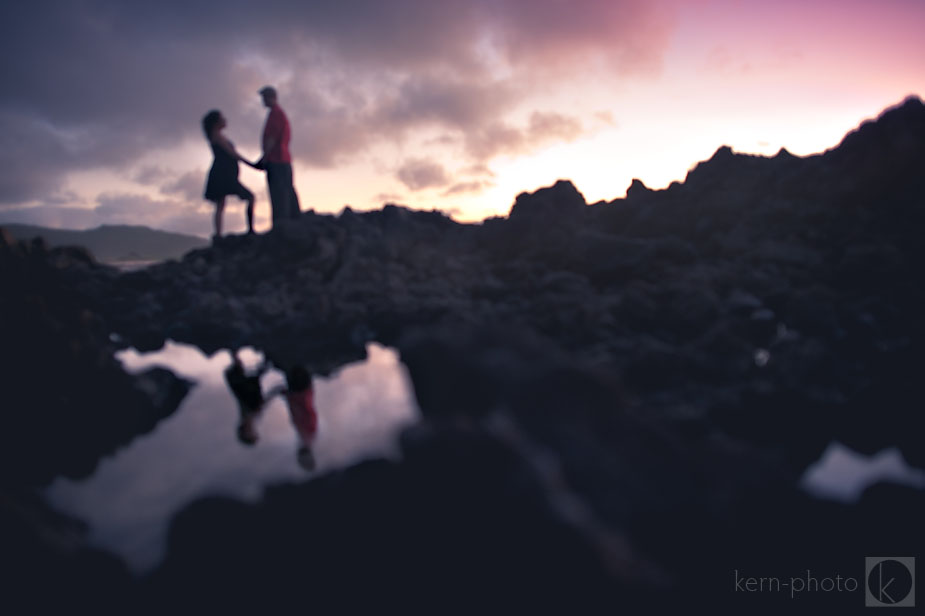
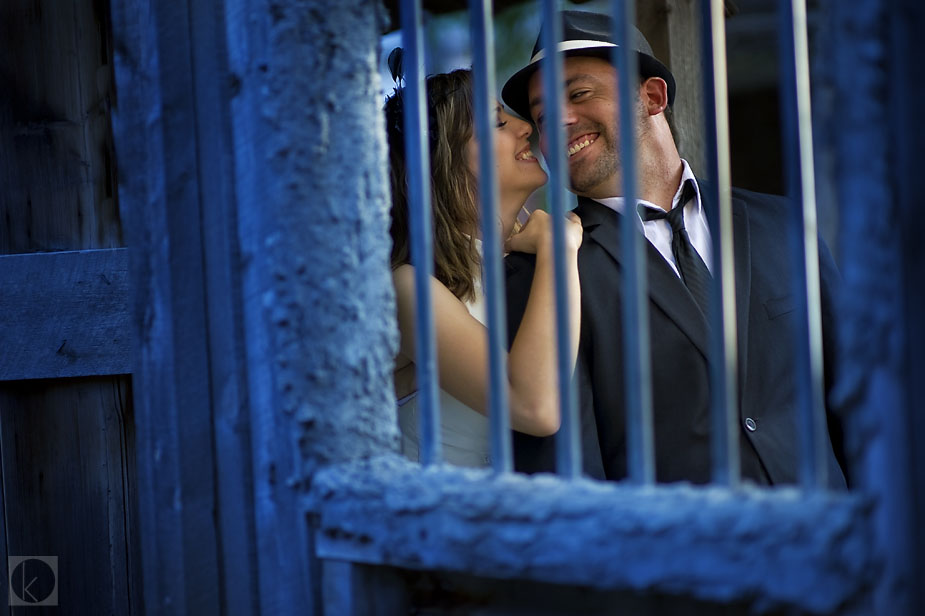
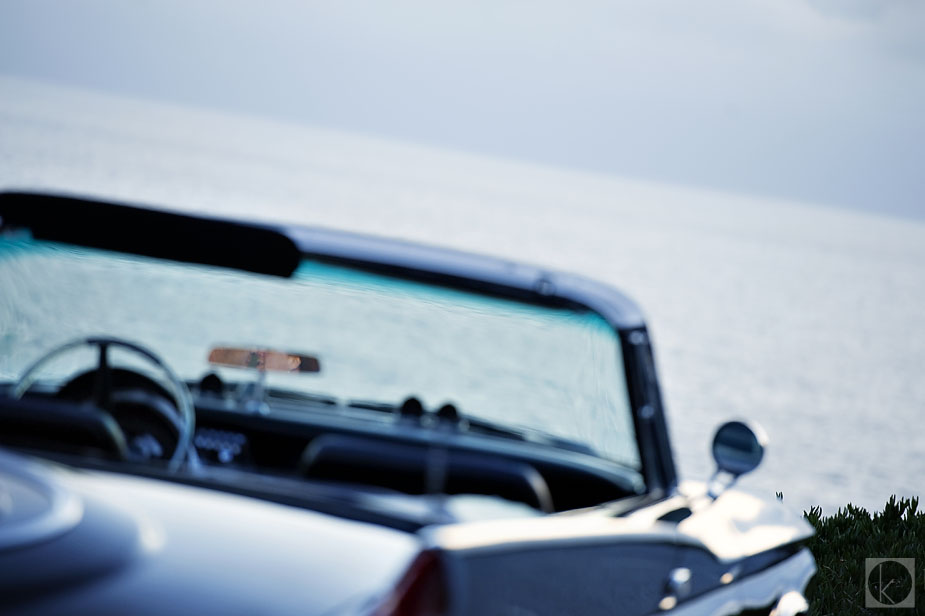
A personal photography style is as dynamic and fickle as dinner table tastes. That’s what makes artists a unique commodity. We can’t be bought or sold, but it shouldn’t be the same ol’ same ol’.
Returning to my chef analogy, no one wants leftovers, let alone eating the same dinner seven nights in a row. Sure, being a consistent photographer is great, but it also pays to be consistently creative and original. Don’t do the same thing over and over again. That’s why it is good to have many creative arrows in your quiver and be able to work with available tools quickly to create what you want. That’s art.
Recipe for finding your style:
- Study images you LIKE (galleries, magazines, blogs, movies)
- Understand WHY you like those images (pay close attention to your gut reaction, technique, tools required, audience)
- Learn HOW to make those images (attend workshops, read books, ask lots of questions)
- Go and MAKE those types of images (conduct test shoots, explore new ideas at end of shoots)
- Reflect. This is the most revealing step. If the results don’t seem to jive, move on. If you like everything, stay focused on one thing. Do it really, really well.
The final component: SHARE the images you want to shoot. Above all, this will be the #1 reason why people will want to hire you based on the work you show.
Ensure the process continues to be creatively stimulating AND financially rewarding. It’s great to shoot the stuff that pays, but I would suggest thinking hard about the long-term effect of doing so.
PS – Noah and Judy: SO STOKED for your wedding in Oahu this weekend!






Pingback: Headdresses for Flirty Fleurs | Kern-Photo
Pingback: Lighten Your Load {4 Tips on Reducing Gear on Shoots} | Kern-Photo
Pingback: The Hit List: 33 Photo Tips & Tutorials from 2012 | Kern-Photo
Pingback: Chris & Hannah's Album » Kern-Photo - Kern-Photo
Pingback: Cinematic Portraits » Kern-Photo - Kern-Photo
Pingback: Back to work... - Kern-Photo - Kern-Photo
Pingback: Why Does RJ Kern Pursue Personal Projects?
Pingback: Lighten Your Load: 4 Tips to Reduce Gear on a ShootThe Photo Life